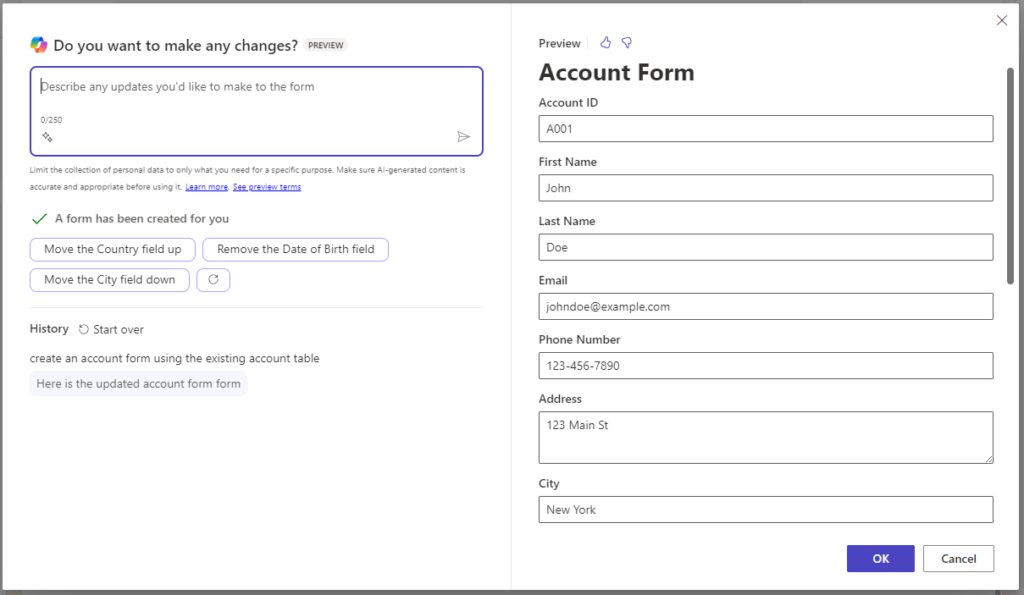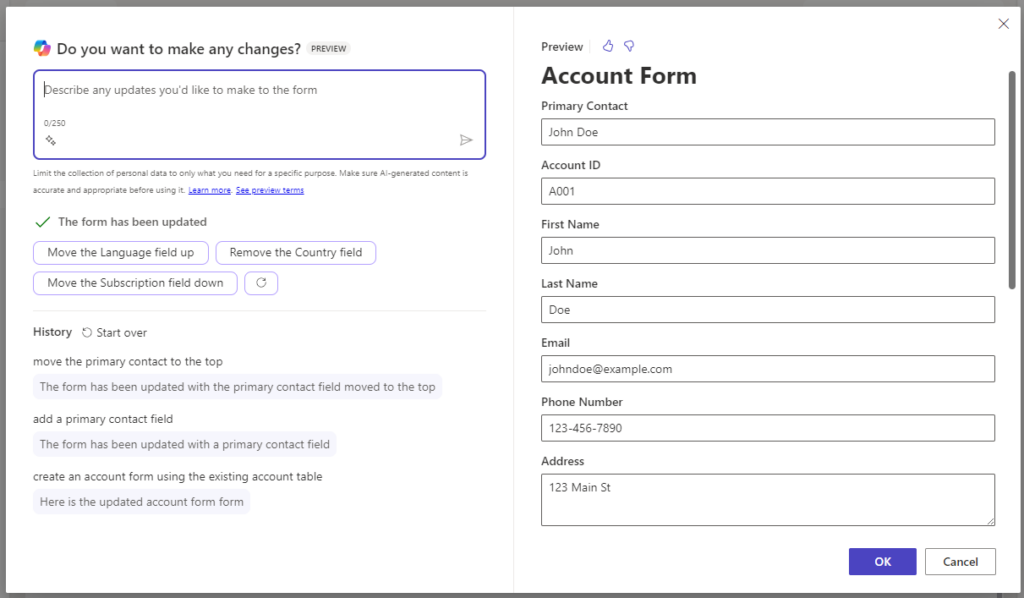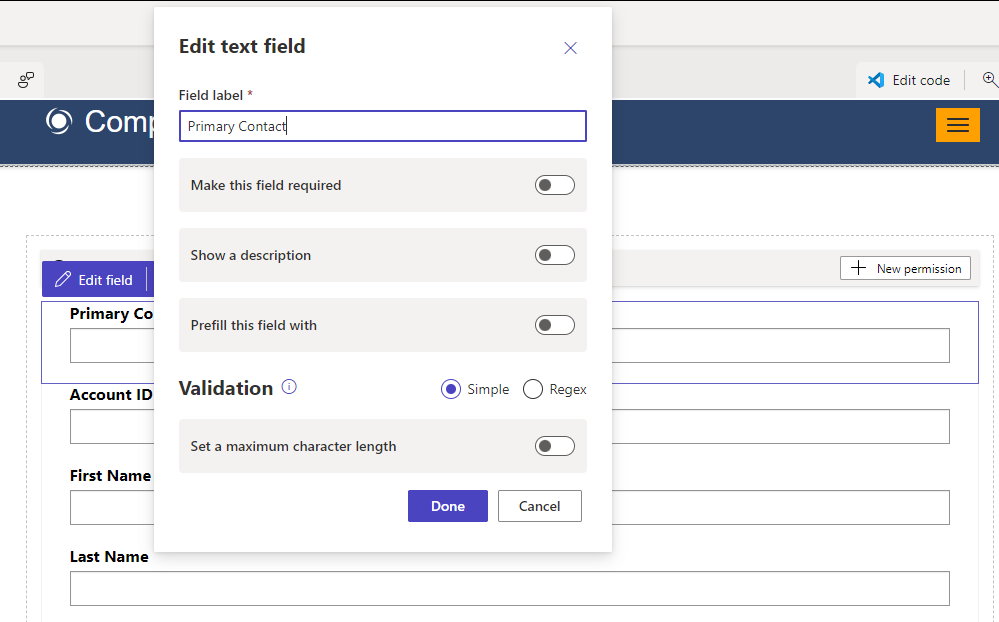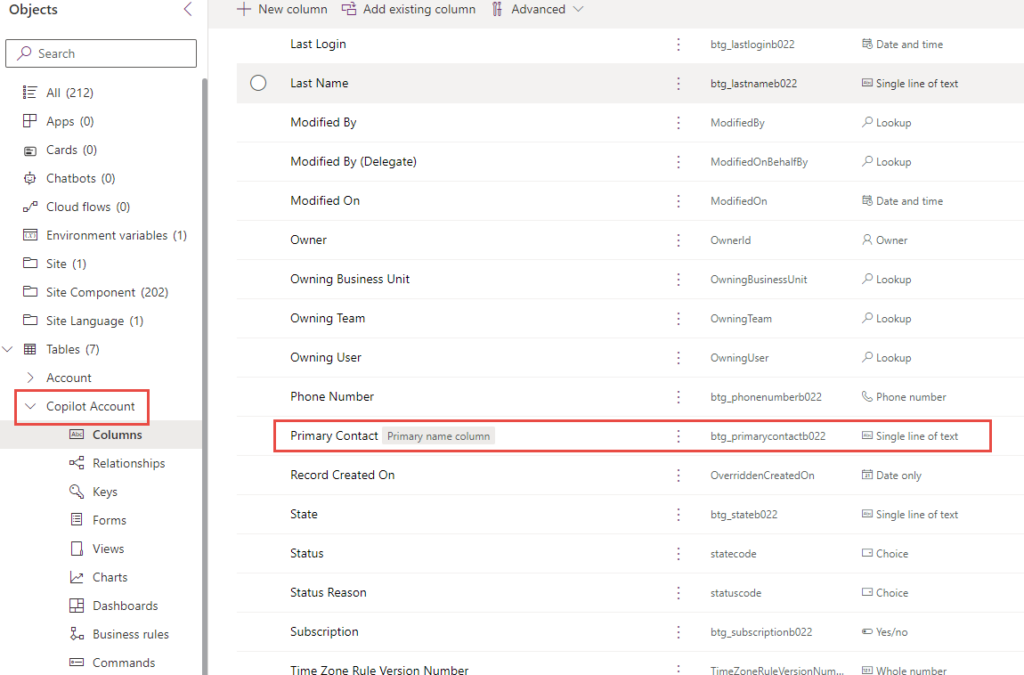Blog

Power Pages Copilot – Do we still need developers?
Microsoft Power Pages is a low-code, secure, enterprise-grade platform for creating, hosting, and managing modern external-facing business websites. It is part of the Microsoft Power Platform family, which also includes Power Apps, Power Automate, Power BI, and Power Virtual Agents.
Power Pages and Copilot
Like many of Microsoft’s products, Power Pages has been getting the Copilot treatment. Copilot gives users the option to create forms, columns, and web pages all in real time using their natural language. So does that mean all the developers out there should be shaking in their boots? Not exactly… well at least not yet. Let’s take a look at the functionality Copilot provides and where is it is lacking.
Using Copilot with Power Pages
When you log in to Power Pages you have a couple of ways to interact with Copilot. The first is on the left-hand popout window where you can ask any number of questions. Which works great for getting information on how to use Power Pages. You can also use it to perform certain actions for you. Such as creating new forms, columns, and web pages. Let’s put it to work by selecting to button to create a basic form and ask Copilot to create an account form for us using the existing account table.

As you can see it creates a nice preview for us with several columns already on the form for us. Asking it to move them around works great. Now let’s add the primary contact to the form at the top.

Once we get it looking good, we can press okay and give Copilot a minute to create the form. Now once we look at the form on the webpage the issues start to emerge. Selecting the primary contact field shows that it’s a text field and not a lookup.

Let’s move over to PowerApps and see what Copilot actually did in the background. Which is where we can see what the real issues are. Even though I specifically asked Copilot to create a form using the existing account form it created a whole new table called Copilot Account. You’ll also notice the Primary Contact column is just a text column as well. Though I did ask that it be a lookup to the Contact table.

Overall, Copilot looks great and can help guide beginners through creating portals. However, it’s not quite ready to do the heavy lifting itself. While these issues can be easily spotted by experienced Power Pages users, a novice could easily start using Copilot and create a bunch of junk tables and columns that will need to be removed. Developers are safe for now. At least on the front end of Power Pages. There are still plenty of backend areas that Copilot will need to wise up for.
Want to know more? Take a look at our service page for Microsoft Power Platform!
Contact Beringer Today!
We love to implement Microsoft Dynamics 365 and Power Platform solutions here at Beringer. We’ve been working with Microsoft Dynamics since its inception, and we’re always finding innovative ways to implement the latest tools and help automate business processes.
Beringer Technology Group, a leading Microsoft Gold Certified Partner specializing in Microsoft Dynamics 365 and CRM for Distribution also provides expert Managed IT Services, Backup and Disaster Recovery, Cloud Based Computing, Email Security Implementation and Training, Unified Communication Solutions, and Cybersecurity Risk Assessment.




